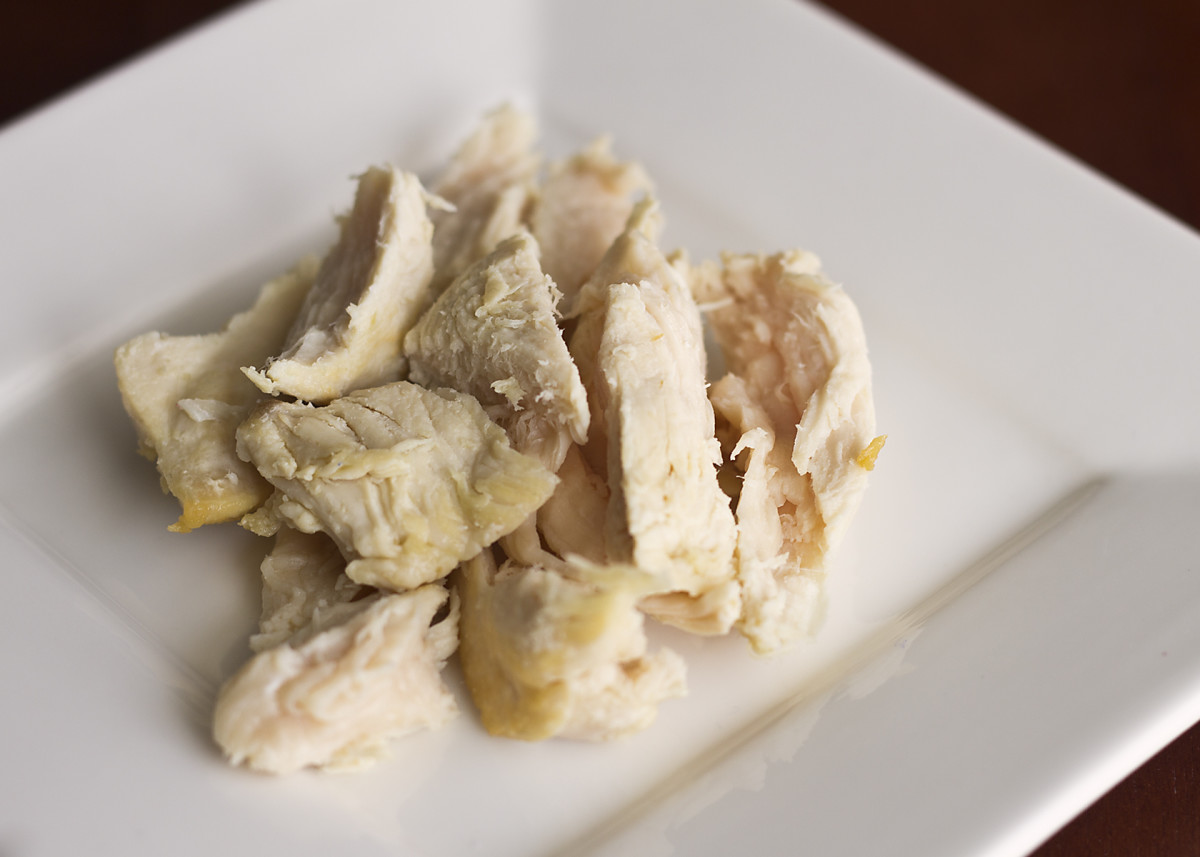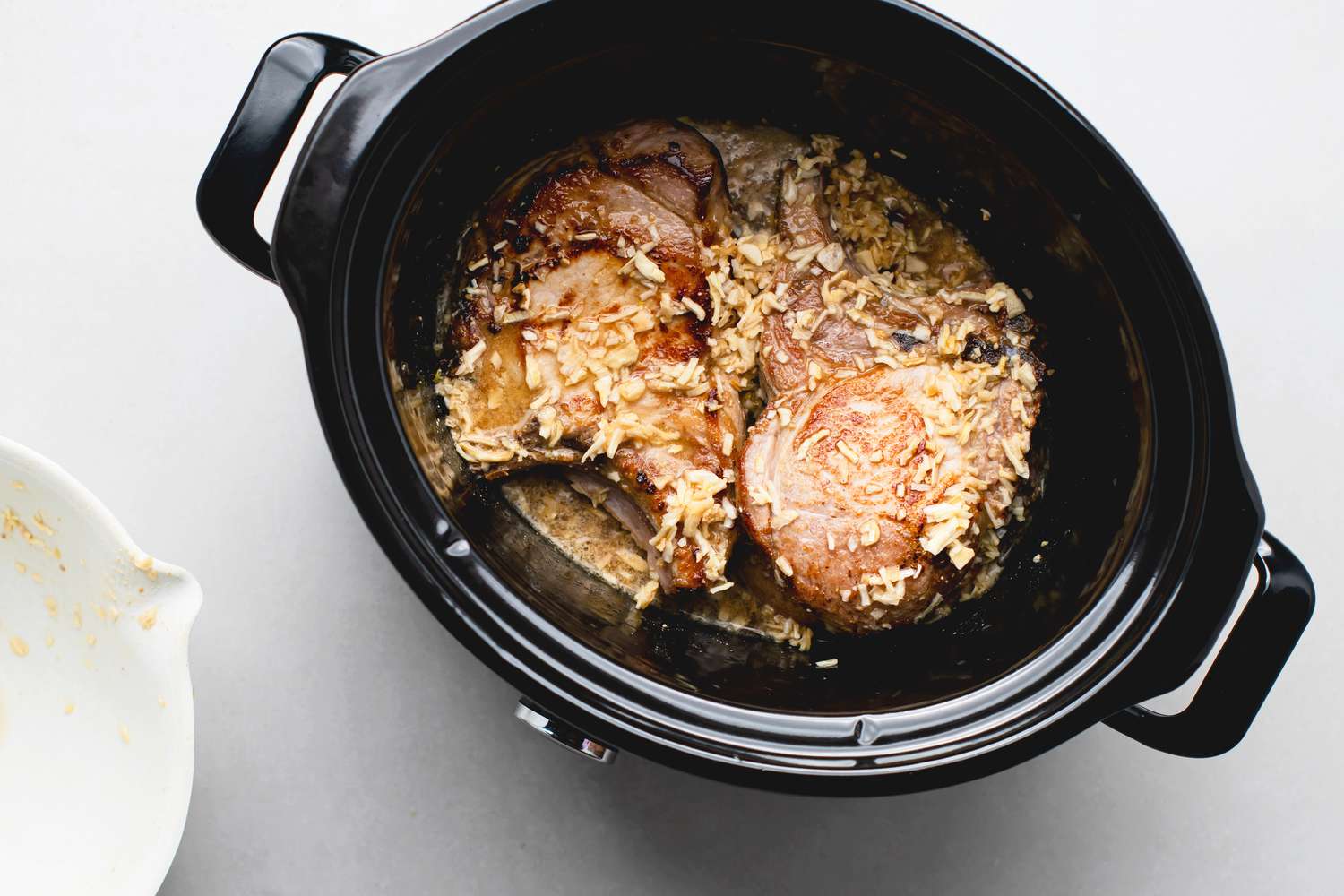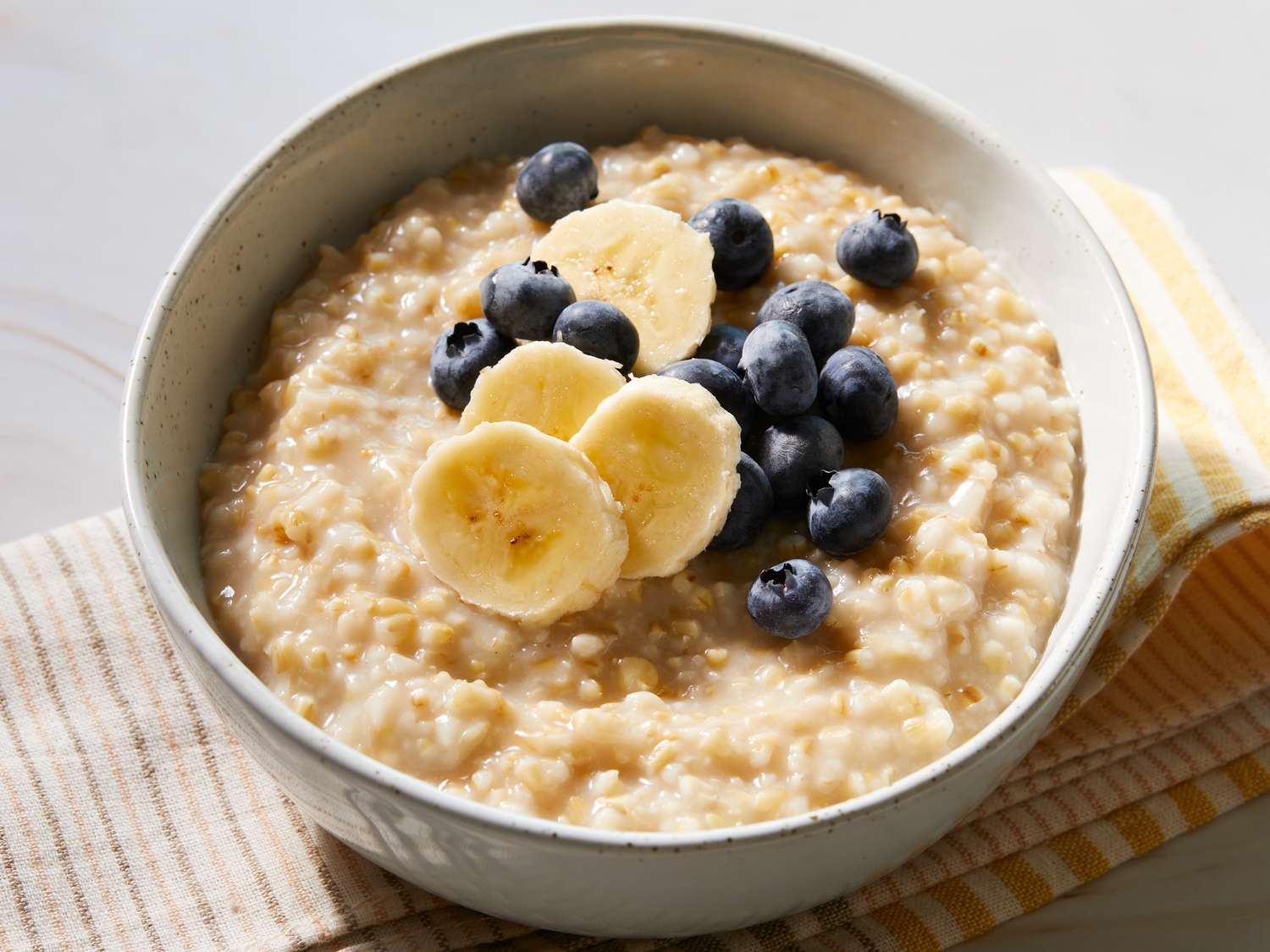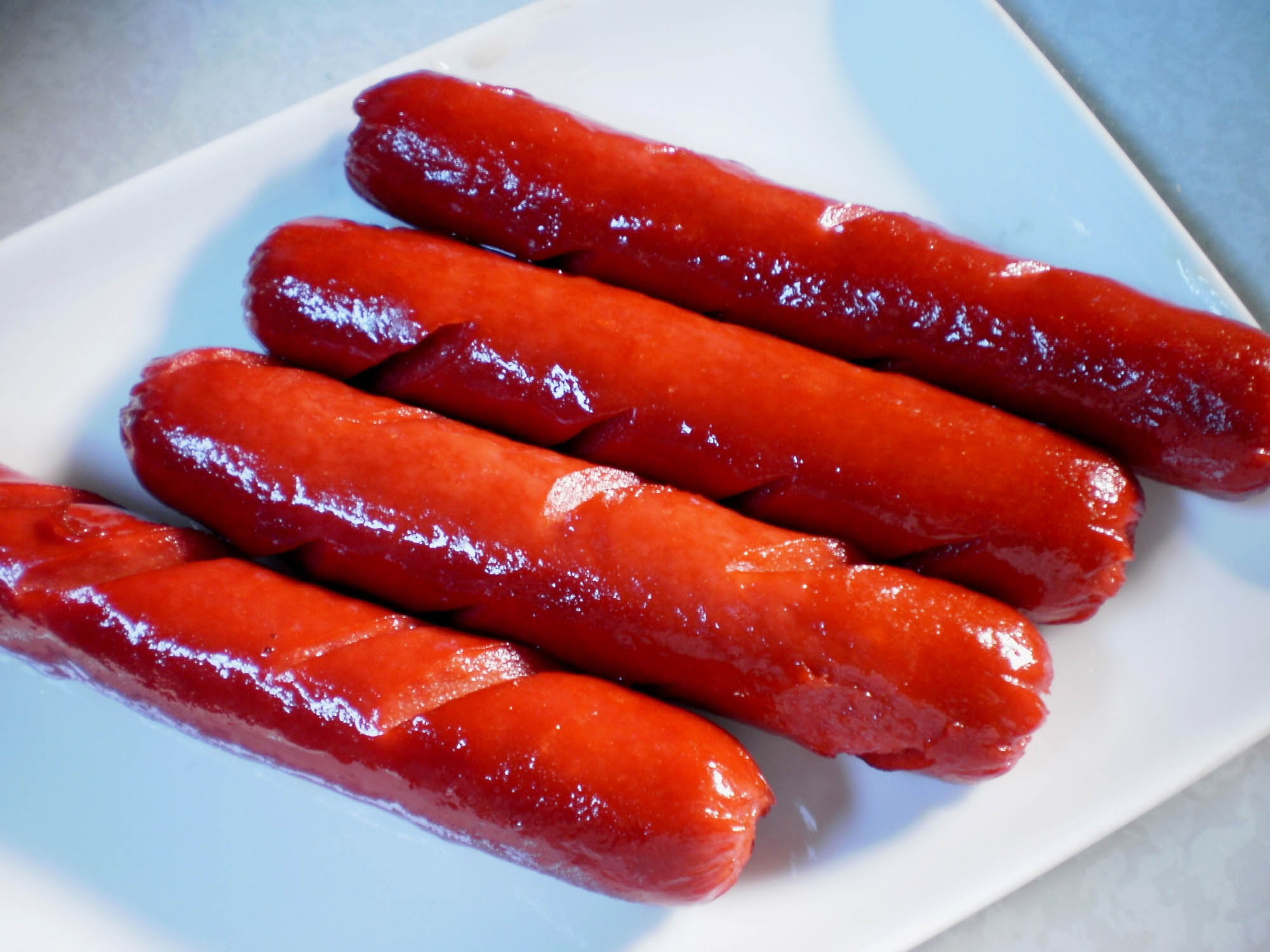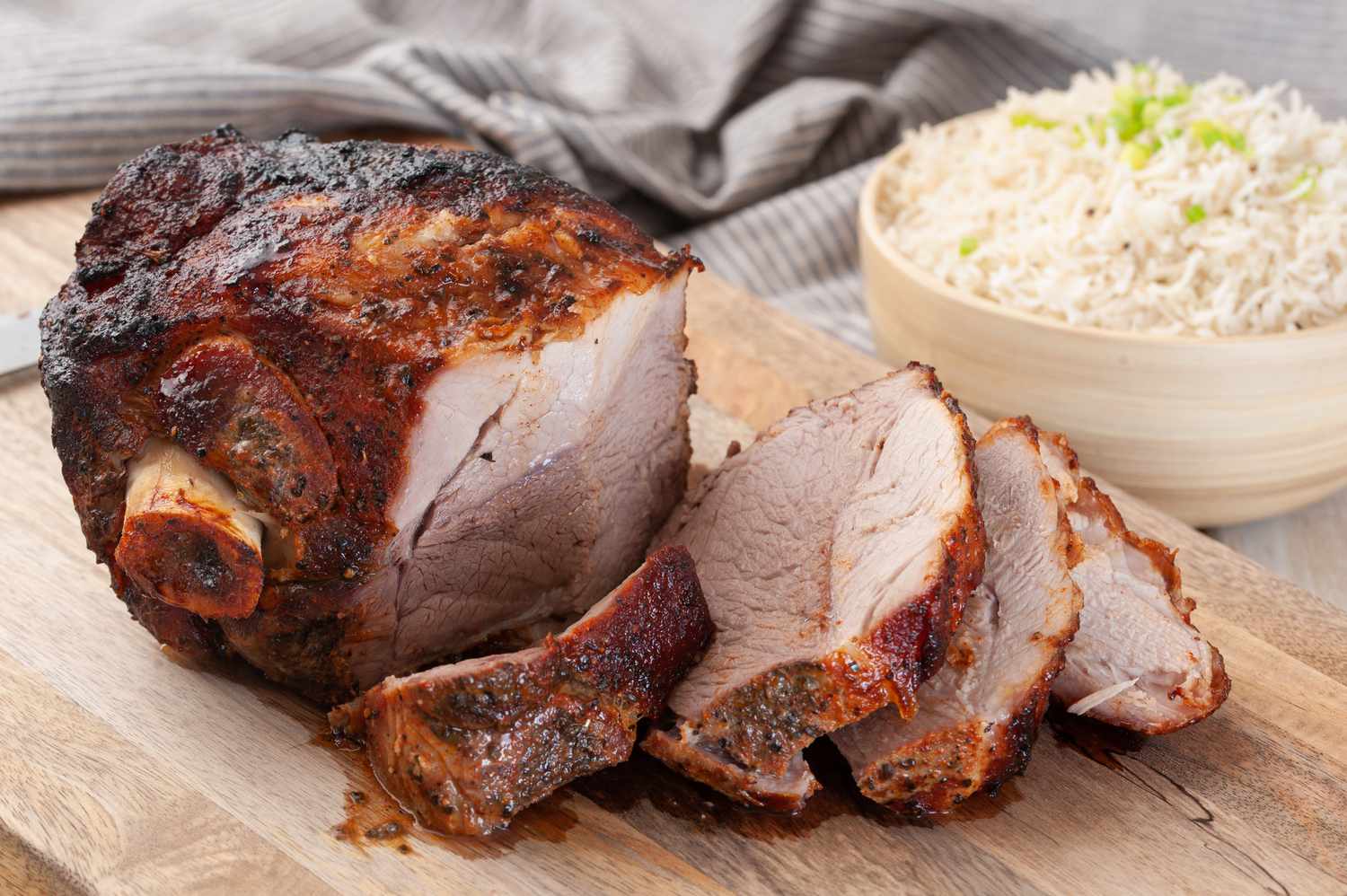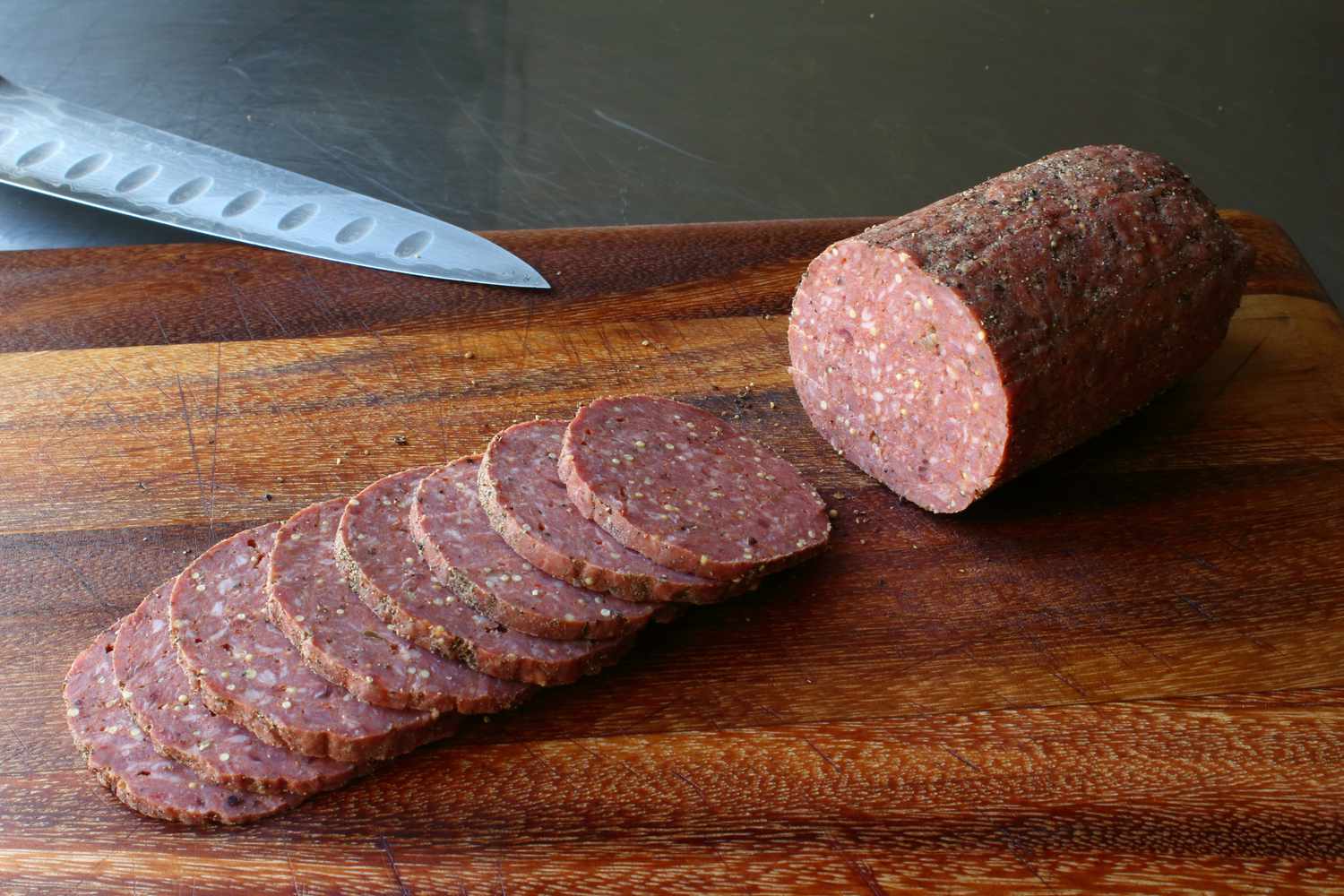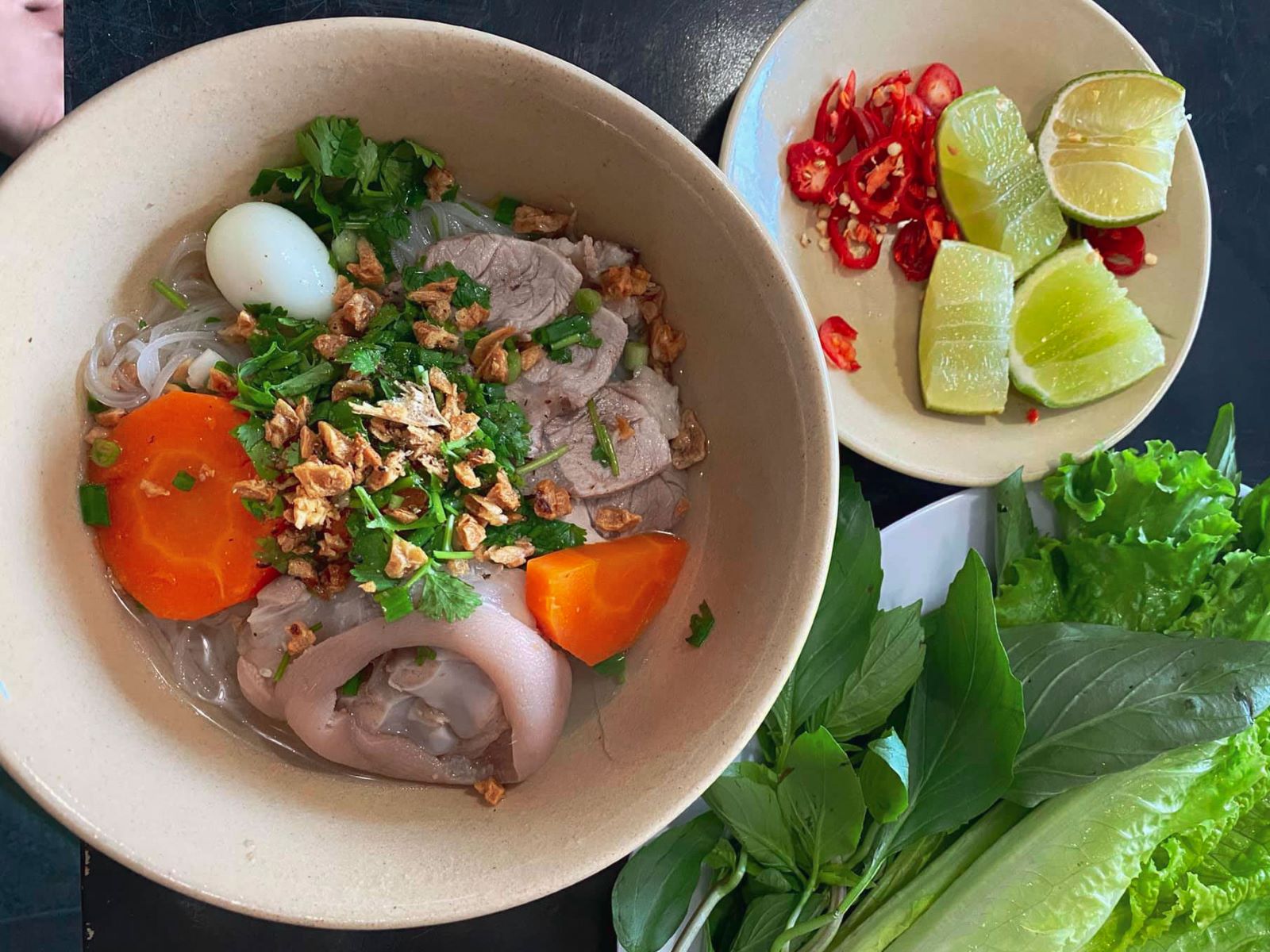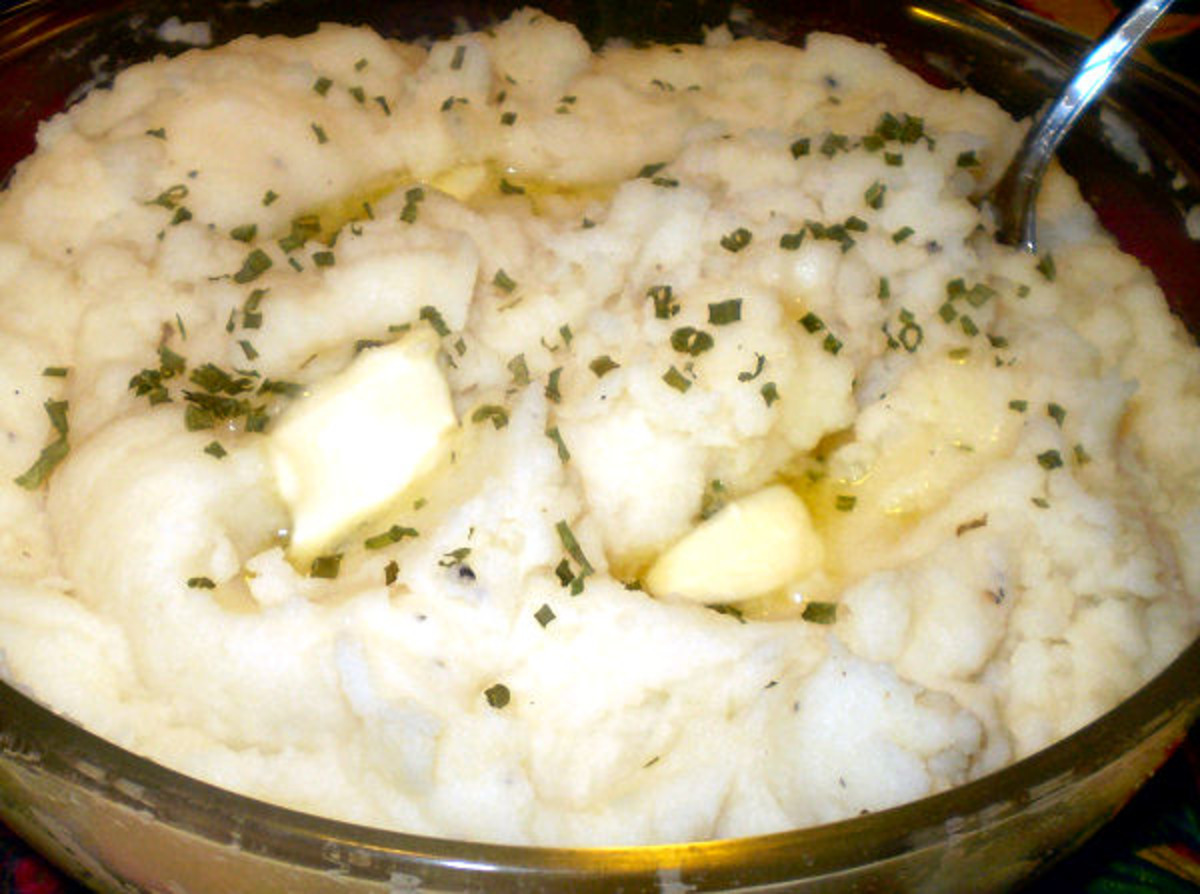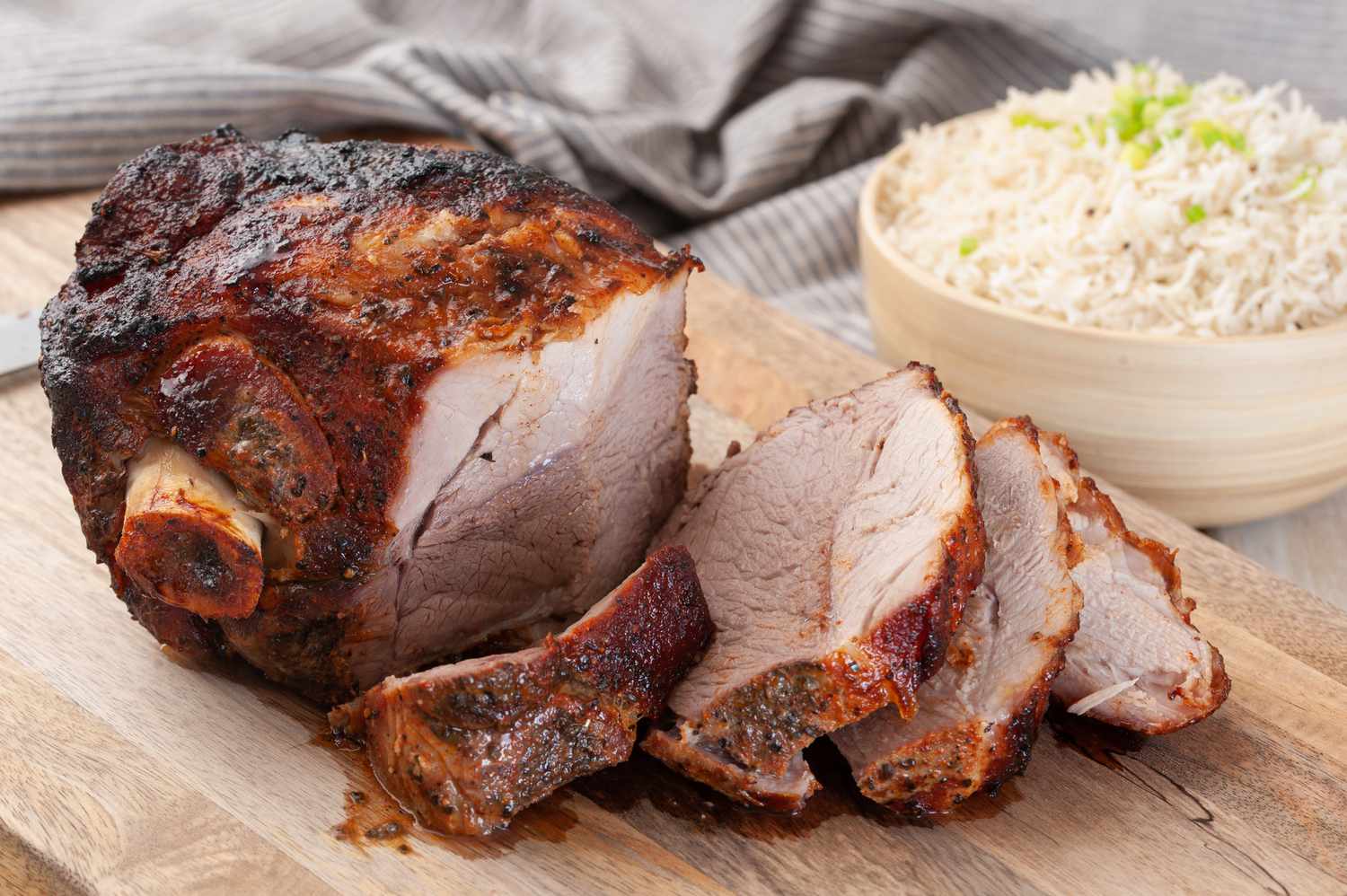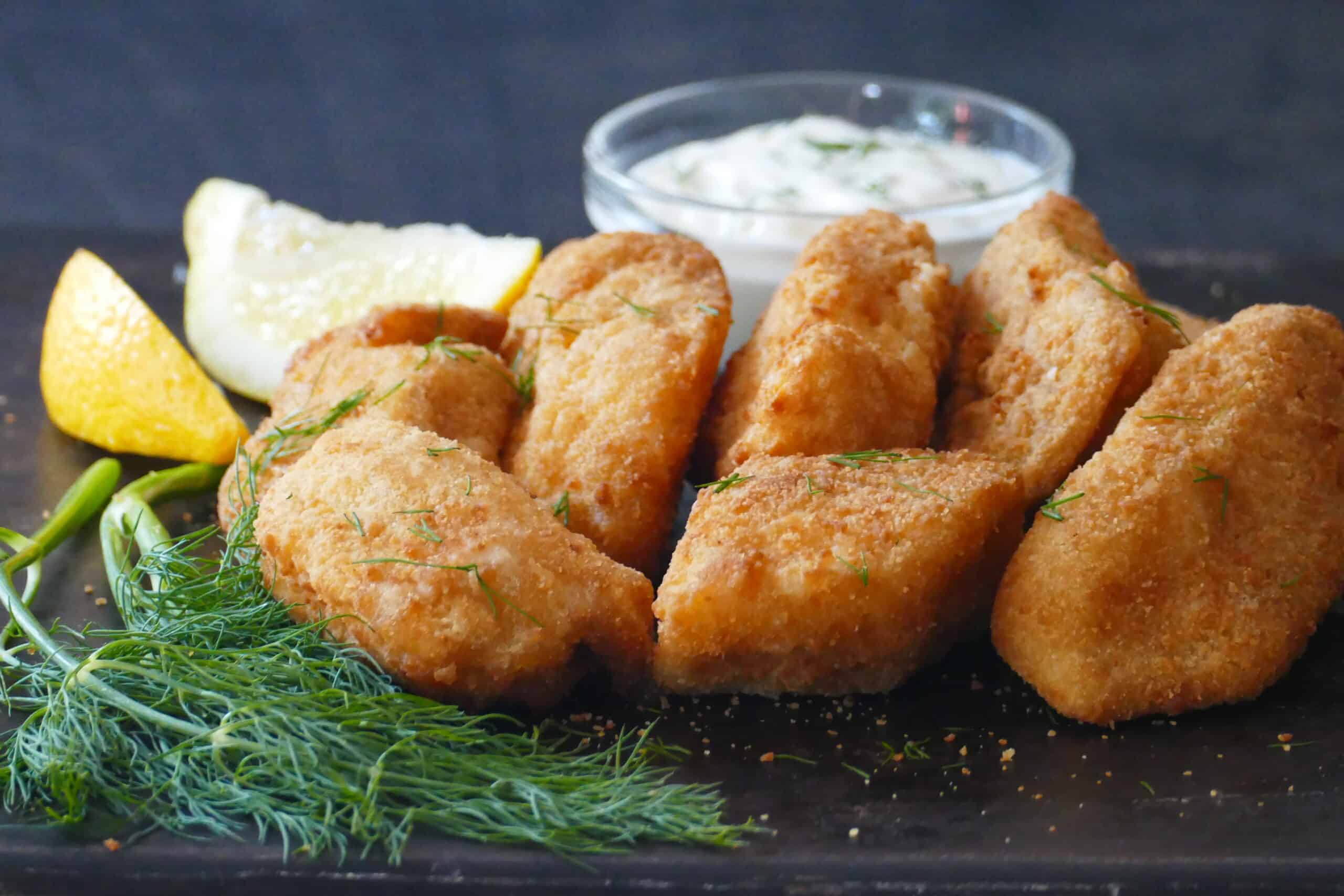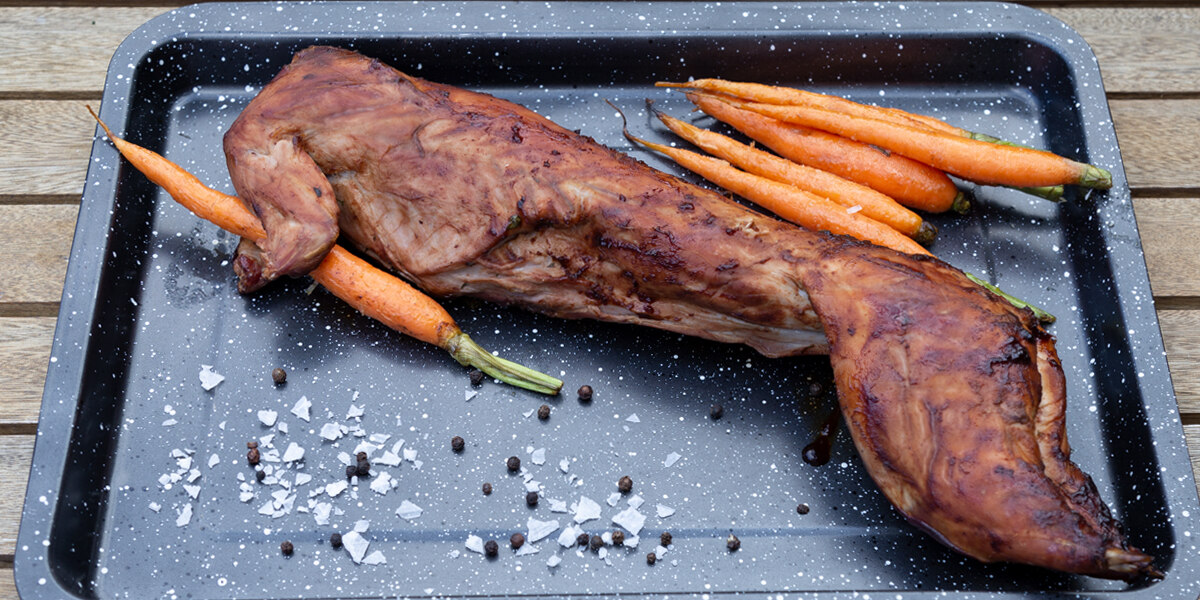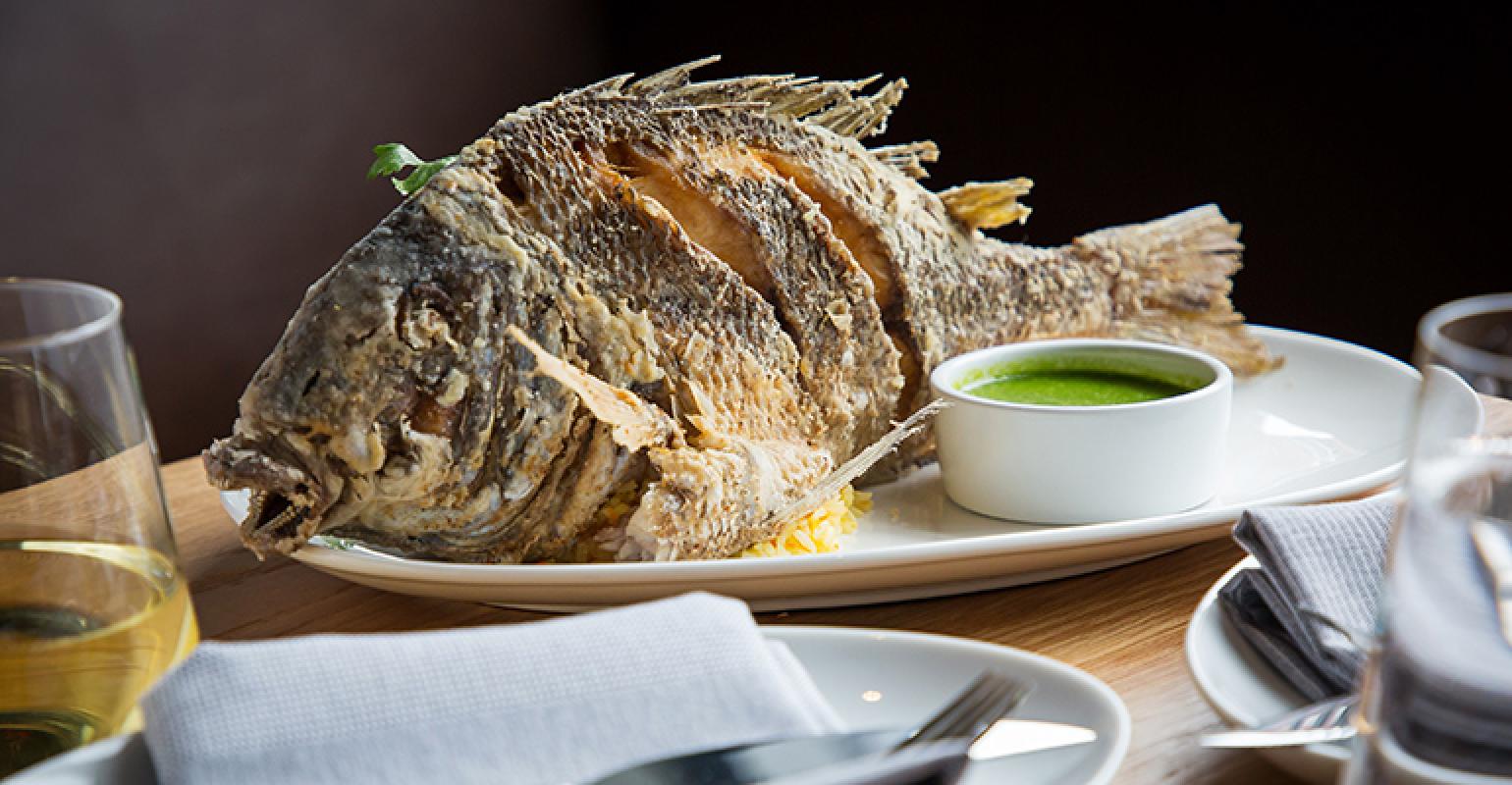Mastering the Art of Cooking a Stuffed Whole Chicken
There’s something undeniably impressive about serving a beautifully cooked stuffed whole chicken to your family or guests. The crispy skin, flavorful stuffing, and juicy meat make for an unforgettable meal. If you’re ready to take on this culinary challenge, we’ve got you covered. Follow these step-by-step instructions to master the art of cooking a stuffed whole chicken.
Ingredients:
- 1 whole chicken (approximately 4-5 pounds)
- 1 cup of your favorite stuffing (such as bread or rice stuffing)
- 2 tablespoons of olive oil
- 1 teaspoon of salt
- 1 teaspoon of black pepper
- 1 teaspoon of dried herbs (such as thyme or rosemary)
Instructions:
- Preheat your oven to 375°F (190°C) and adjust the rack to the middle position.
- Prepare the stuffing according to your chosen recipe.
- Remove the giblets and excess fat from the chicken’s cavity. Rinse the chicken thoroughly with cold water and pat dry with paper towels.
- Season the chicken’s cavity with salt, black pepper, and dried herbs.
- Carefully stuff the chicken with your prepared stuffing, but do not overstuff as the stuffing will expand during cooking.
- Secure the chicken’s legs together using kitchen twine or metal skewers.
- Brush the entire chicken with olive oil and sprinkle with additional salt, black pepper, and dried herbs to enhance the flavor.
- Place the stuffed chicken on a roasting rack in a roasting pan to allow for even cooking and proper air circulation.
- Roast the chicken in the preheated oven for about 20 minutes per pound or until the internal temperature reaches 165°F (74°C) when measured with a meat thermometer.
- Once cooked, remove the chicken from the oven and let it rest for 10-15 minutes before carving. This allows the juices to redistribute, resulting in a moister chicken.
Now that your stuffed whole chicken is cooked to perfection, it’s time to dazzle your taste buds and those of your loved ones. Serve it alongside your favorite side dishes like roasted vegetables or creamy mashed potatoes. The combination of flavors and textures will surely make it a meal to remember.
Remember, cooking a stuffed whole chicken requires patience and careful attention to detail. But with practice, you’ll become a pro at creating a mouthwatering centerpiece for any special occasion or Sunday family dinner. So, roll up your sleeves, put on your chef’s hat, and get ready to impress with a delicious stuffed whole chicken that will leave everyone asking for seconds!
For those looking to master the art of cooking a stuffed whole chicken, a variety of recipes are available to experiment with. One might start with the Classic Bread Stuffed Whole Chicken Recipe for a traditional approach, while the Herb and Garlic Stuffed Whole Chicken Recipe offers a fragrant twist. For a heartier option, the Rice and Sausage Stuffed Whole Chicken Recipe provides a satisfying meal. Vegetarians would enjoy the Spinach and Feta Stuffed Whole Chicken Recipe as a delightful alternative. The Mediterranean Quinoa Stuffed Whole Chicken Recipe brings a healthy and flavorful choice to the table. For a touch of sweetness, the Apricot and Almond Stuffed Whole Chicken Recipe is worth trying. Lastly, the Chestnut and Sage Stuffed Whole Chicken Recipe offers a savory and festive option. Each recipe provides a unique spin, allowing readers to find their favorite and master their stuffed chicken skills.
Was this page helpful?
Read Next: How To Cook A Yellowfin Tuna Steak
